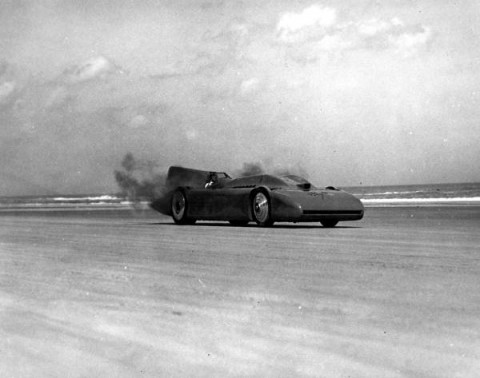Winged gospels
[Cross-posted at Revise and Dissent.] I’ve been reading Joseph Corn’s The Winged Gospel: America’s Romance with Aviation, 1900-1950, a classic study of airminded culture in the United States — which was very different to that in Britain. The “winged gospel” is the term used by Corn to describe an intense complex of hopes and expectations […]



